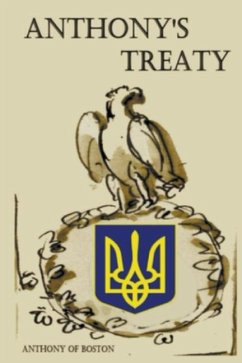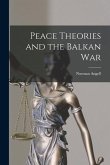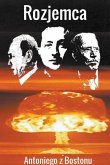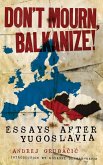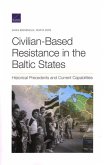This book opens up an investigation into the fratricidal element that has plagued east Slavic history, and attempts to formulate a makeshift treaty aimed at restraining this element that is already responsible for the deaths of millions of Ukrainians. It takes you through the fratricides amongst various princes of Novgorod, Kiev and Vladimir. It also highlights the fratricidal element applied by the Soviet Union against Ukraine during the Holodomor. The book finally attempts to bring peace through pointing out NATO's role in the recent escalation that is taking place in eastern and southern Ukraine, before laying out the tenets of the treaty, which involve a slow paced Ukrainization of eastern Ukraine and the restoration of water availability to Crimea. This is by far the best source for understanding and disassociating nazism from pro-Ukrainian perspectives. Along with investigating Ukraine's history, while blaming the US and NATO for Russia's invasion of Ukraine, this book also distinguishes the controversial Azov batallion's nazi origins from the overarching framework of Ukrainian culture, by way of acknowledging the fact that much of the Azov batallion's original neo-nazi membership was comprised of native Russian-speakers from eastern Ukraine. They were not products of Ukrainian culture in the western parts of Ukraine, where the majority of native Ukrainian speakers reside. The book also explains how in Ukraine, the propagation of both Soviet-era nostalgia and leaders like Joseph Stalin, who was the main perpetrator of the holodomor(murder and starvation of millions of Ukrainians), can give rise to counter-extremism such as nazism. Because Azov was part and parcel of a largely de-centralized Ukrainian resistence to the pro-Russian seperatists in eastern Ukraine during the 8 year civil war (there were many private militias fighting the seperatists), the Ukrainian government basically annexed the paramilitary group, as well as other private militias, into the Ukrainian army...all for the sake of a more organized resistance to seperatist and Russian forces in the Donbas region. At the same time, the Ukrainian army did not assume their ideology. It was the other way around. The private militas were indoctrinated and consigned into true Ukrainian nationalism. It was true that the Azov were instrumental in helping Ukraine, and are at the same time, highly skilled, tactical and pose a real danger if they continue to uphold their nazi ideology and resist full integration into the Ukrainian army. But such is unlikely since neither President Zelensky, nor much of the native Ukrainian-speaking populations of Ukraine would tolerate it. Meanwhile, the Azov had begun to disavow many of its nazi perspectives.
Hinweis: Dieser Artikel kann nur an eine deutsche Lieferadresse ausgeliefert werden.
Hinweis: Dieser Artikel kann nur an eine deutsche Lieferadresse ausgeliefert werden.

